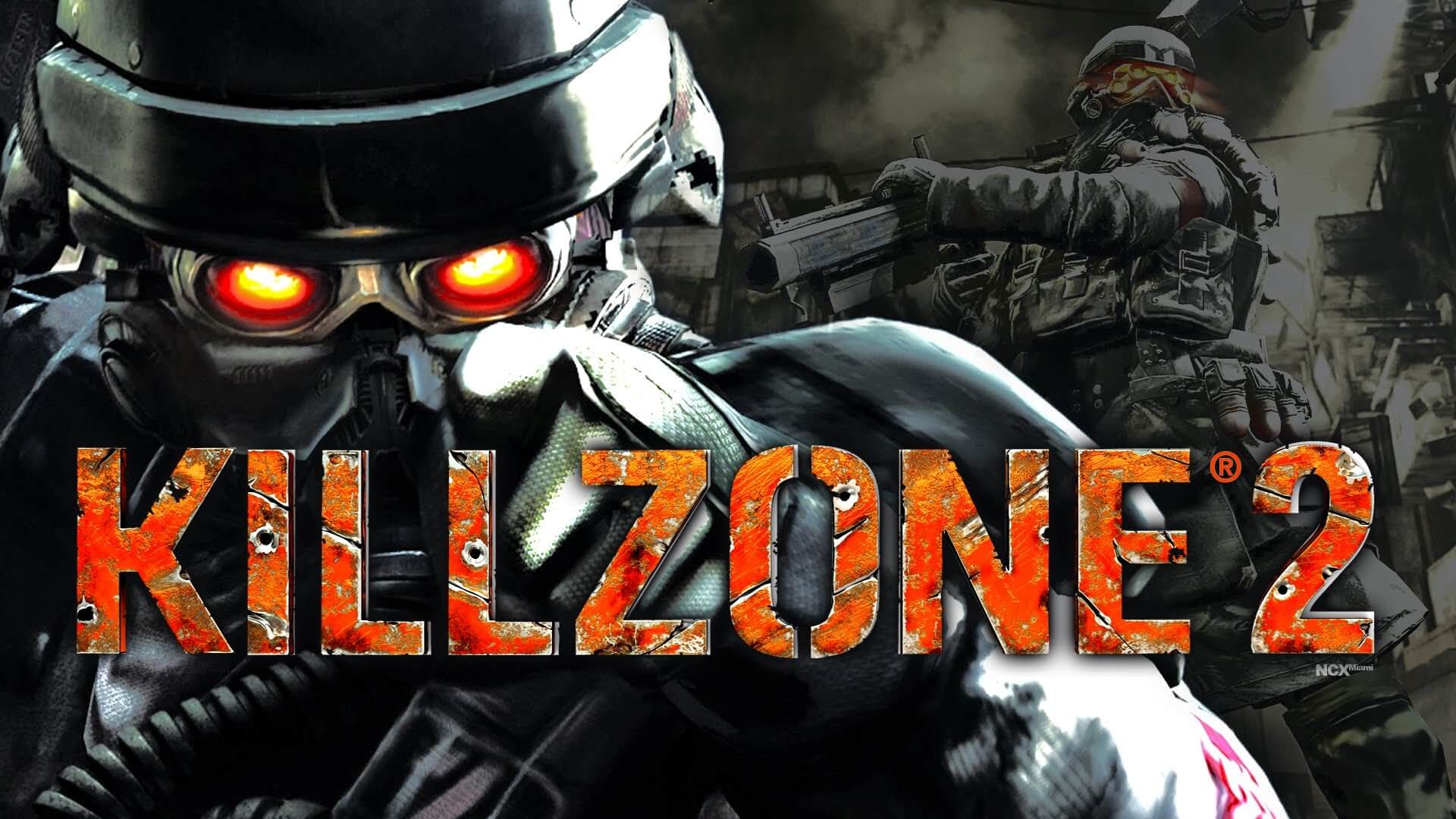

Online competitive multi-player features up to 16 players in Killzone, 32 players in Killzone 2, 24 players in Killzone 3 and Shadow Fall, and up to 8 players in Mercenary. By the end of Killzone Shadow Fall, it is revealed that the main antagonist is Stahl, who managed to survive the events of Killzone 3, but is dispatched by Vektan Security Agency director Thomas Sinclair. 'The Black Hand', a Helghast paramilitary terrorist group, was formed under Vladko Tyran, who became an antagonist, along with Lady Hera Visari (Scolar Visari's daughter) who has inherited her father's throne. After Orlock's death and the unknown details of Stahl's death and the destruction of Helghan, now covered in petrusite, the Helghast now live on Vekta with a giant wall dividing them from the Vektans. The main antagonist was originally Helghast Autarch Scolar Visari his death in Killzone 2 brought about the rise of two new antagonists and the hopeful heirs to Visari's throne in Killzone 3: Jorhan Stahl and Admiral Orlock. Tomas 'Sev' Sevchenko ( Killzone 2 and Killzone 3), mercenary Arran Danner ( Killzone: Mercenary), and Shadow Marshal Lucas Kellan ( Killzone Shadow Fall). Jan Templar ( Killzone and Killzone: Liberation), Sgt.
KILLZONE 3 PC KICKASS SERIES
The series has featured four main protagonists: Cpt/Col. The Killzone series follows the continuous war between the ISA and Helghast taking place on both ISA Earth colonies and the planet Helghan, the home planet of the Helghast. While you’re playing, it all just works.The series is set in the 24th century, showing the galactic war between the Interplanetary Strategic Alliance (ISA) and the Helghan Empire. You know the clichés are coming the heroes are tough but honourable, the villains mean and hiss-able, and the performances from Malcolm McDowell and Ray Winstone as the Helghast leaders hold your attention. There are some misfires - the stealth sections in particular don’t quite work, and the new ability of your comrades to revive you seems to function better in some levels than in others - but when it all comes together, Killzone 3 is as good as any other FPS you’d like to mention.Īnd while nobody is going to describe the plot as riveting, the story and the characterisation still has the kick-ass charm of an epic war movie. The arctic levels put the efforts seen in Call of Duty: Black Ops to shame, with turbulent black oceans and swirling snow, and the emphasis on cover and 360-degree awareness isn’t something you’d associate with Black Ops. Exploding jungle plants, tough odds, Predator-like Helghast shock troops and some very groovy jetpacks break the established gameplay patterns and encourage you to explore new tactics. While there’s still some of the old “pop up, shoot, pop down” action going on, you’ll regularly find yourself surprised and outmanoeuvred by the AI at higher difficulty levels - and this is not a game you want to just coast through in easy mode. Yet the core combat is massively enjoyable and the sci-fi weapons and adversaries - particularly as the game goes on - put some distance between it and modern-day military FPS games, and Killzone 3 has some of the most aggressive, intelligent AI around. Killzone 3 never quite hits the same levels.

To its fans, the strength of Killzone 2 was the visceral intensity of its combat, and the way that built and built to unprecedented levels as the game went on. Is this necessarily a bad thing? Has something been lost along the way? Sure. In fact, with its settings, its action sequences and its greater reliance on cinematics and massive action set-pieces, it actually feels a lot like Call of Duty. The odd thing is, however, that when you take all these changes together, Killzone 3 no longer feels quite like Killzone. Movement, meanwhile, is now faster, more instantly responsive and more fluid, without that sense of fatigue that characterised the old Killzone 2 experience.


 0 kommentar(er)
0 kommentar(er)
